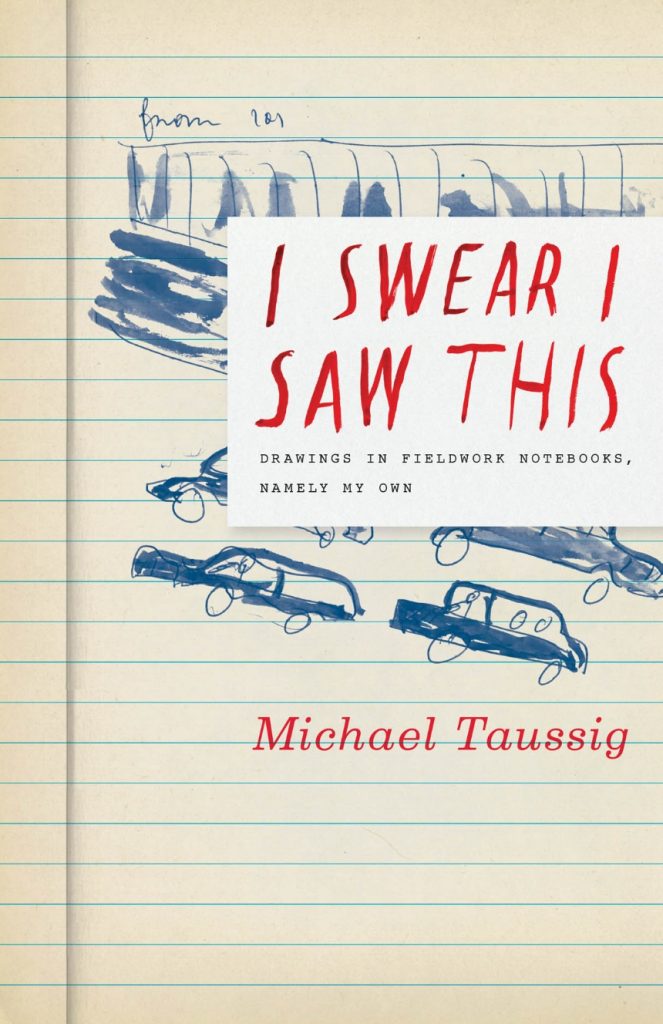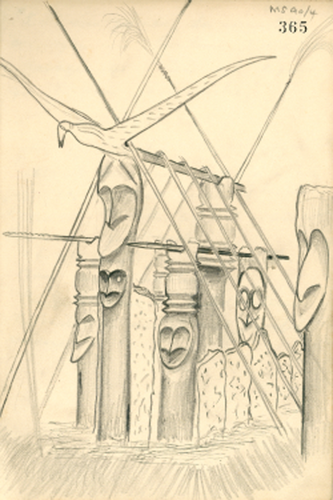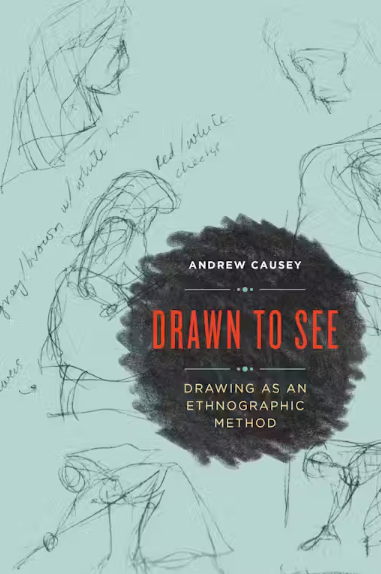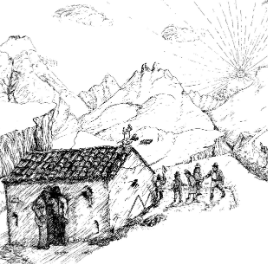
I Swear I Saw This : Drawings In Fieldwork Notebooks, Namely My Own
UCPTaussig, Michael. 2011. I Swear I Saw This: Drawings in Fieldwork Notebooks, Namely My Own. Chicago, IL: University of Chicago Press. Structured around a series of sketches and drawings that Taussig made during his fieldwork in Colombia, the book is a reflection on the use of drawings and fieldwork notebooks in anthropological research. Each drawing serves as a starting point for a larger discussion about the nature of ethnographic research and the role of the researcher in the field. Throughout the book, Taussig reflects on the ways in which his own drawings and fieldwork notebooks have shaped his understanding of his research, and he offers insights into the creative and interpretive process of ethnographic research. Ultimately, “I Swear I Saw This” is a meditation on the complex and multifaceted nature of fieldwork, and an exploration of the possibilities and limitations of ethnographic representation.
Drawing It Out
Visual Anthropology Review Geismar, Haidy. 2014. “Drawing It Out.” Visual Anthropology Review 30 (2): 97-113. Abstract: The fieldwork sketches of Arthur Bernard Deacon, made in Vanuatu in 1926–27, give us insight into the early methodologies of social anthropology and into the role of images in anthropological ways of thinking. Here I develop a perspective on field sketches that explores them not only as visual mediations of the fieldworker’s subjectivity, but also as genre pieces that indicate very particular forms of training in “how to see.” I draw out the visual conventions, ways of thinking and seeing, that underscore the different strategies that Deacon used in his drawing.
Drawn to See: Drawing as an Ethnographic Method
UTP Causey, Andrew. 2017. Drawn to See: Drawing as an Ethnographic Method. North York, ON: University of Toronto Press. The book explores the potential of drawing as a tool for ethnographic research. Causey explains how drawing can enhance our ability to see and understand the world around us, and that it can help us to generate new insights and understandings of cultural practices and social relations. Causey’s book also provides practical advice on how to incorporate drawing into ethnographic research. The book is a valuable resource for anthropologists and other researchers interested in exploring new methods of documentation and analysis. The book also includes 39 accessible drawing exercises (titled ‘ETUDE’) . The author’s goal is that anyone can try these exercises regardless of their drawing skills.